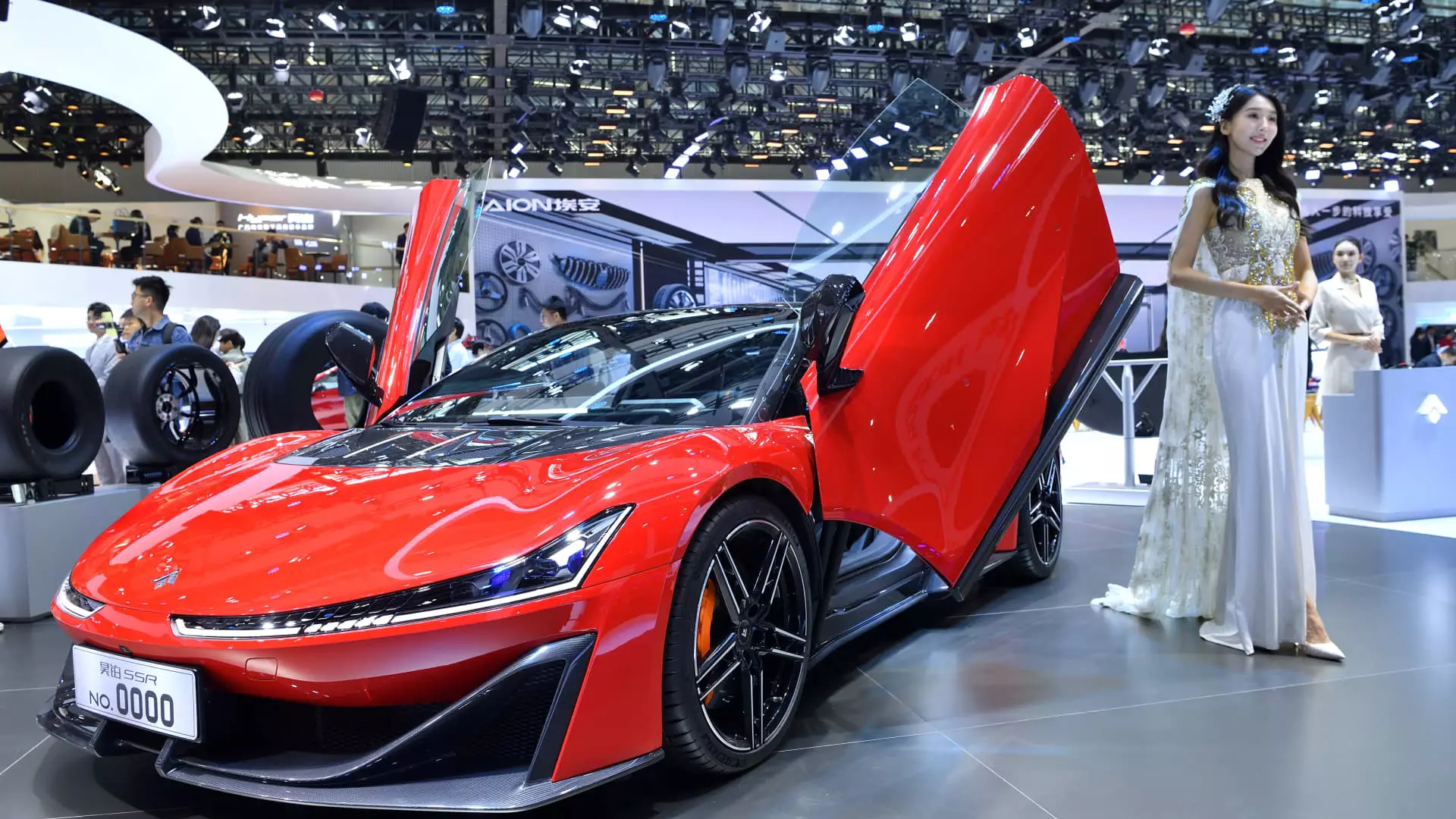Chinese automakers are projected to significantly increase their presence in the global automotive market, aiming to capture 33% of market share by 2030. This growth will be a substantial increase from the forecasted 21% market share for this year. The expansion is anticipated to occur primarily outside of China, with sales projected to increase from 3 million vehicles this year to 9 million by 2030. This surge in market share is expected to go from 3% to 13% by the end of the decade.
Global Concerns and Challenges
The rapid expansion of Chinese automakers has raised concerns among legacy automakers and politicians worldwide. There is a fear that the influx of more affordable China-made vehicles will saturate markets and undercut domestically produced models, particularly in the realm of all-electric vehicles. The report highlights that Chinese automakers are poised to grow in all global markets, with limited expansion projected in Japan and North America due to stringent safety standards and high import tariffs on Chinese electric vehicles.
Mark Wakefield, the global co-leader of the automotive and industrial practice at AlixPartners, describes China as the industry’s new disruptor. He emphasizes that Chinese automakers are capable of creating desirable vehicles that are quicker to market, more cost-effective, technologically advanced, and aesthetically appealing. This disruptive force poses a threat to traditional automakers who may struggle to keep up with the pace and innovation displayed by Chinese brands.
Regional Growth Trends
In North America, Chinese automakers are anticipated to secure only a 3% market share, primarily concentrated in Mexico. Conversely, in other regions such as Central and South America, Southeast Asia, the Middle East, and Africa, the presence of Chinese automakers is expected to grow substantially. In Europe, the market share of Chinese automotive brands is forecasted to double from 6% to 12% by 2030, reflecting the rapid expansion and acceptance of Chinese automakers in the region.
Chinese automakers are expanding globally due to several key advantages they possess. These include cost efficiencies, localized production strategies tailored to specific markets, and the development of technologically advanced vehicles that meet evolving consumer preferences for design and innovation. Chinese EV automakers, in particular, have demonstrated the ability to create new products in half the time of legacy automakers by focusing on meeting standards rather than overengineering, along with a significant cost advantage of 35% for products made in China.
Industry Transformation
Andrew Bergbaum, the global co-leader of the automotive and industrial practice at AlixPartners, highlights the need for traditional automakers to adapt to the changing landscape of the industry. He warns that clinging to business-as-usual practices will lead to obsolescence, emphasizing the importance of reevaluating business development processes and the pace of vehicle development to compete effectively with Chinese automakers.
The substantial growth of Chinese automakers in the global automotive market poses a significant challenge to traditional automakers. With their cost advantages, localized production strategies, and tech-enabled vehicles, Chinese automakers are reshaping the industry landscape and setting new standards for efficiency and innovation. Legacy automakers must embrace change and adopt a more agile approach to development to remain competitive in a rapidly evolving market dominated by Chinese automakers.

Leave a Reply